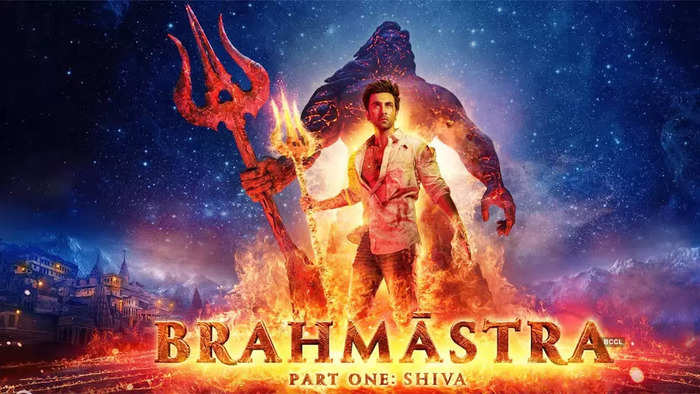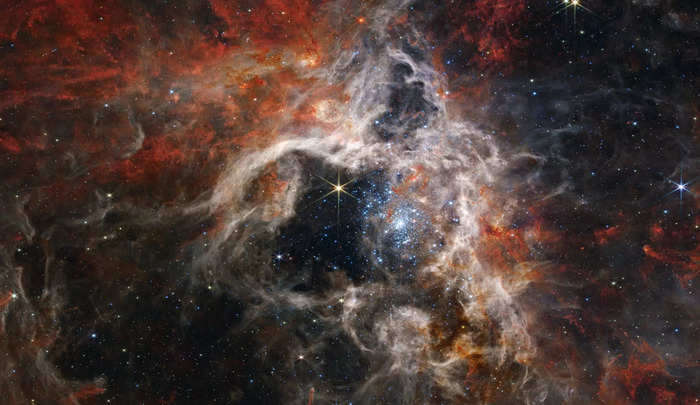
Here’s everything new on the #iPhone14 and 14 Pro — Dynamic island, satellite connectivity, always-on display and more
#AppleEvent #iPhone14Pro @Apple
businessinsider.in/tech/mobile/ne…
By @sourabhjain24
#AppleEvent #iPhone14Pro @Apple
businessinsider.in/tech/mobile/ne…
By @sourabhjain24

Apple has announced the much-awaited #IPhone14 series, the company’s latest flagship offering. In addition to the iPhones, the company also announced Apple Watch SE, #AppleWatchSeries8, Apple Watch Ultra and the AirPods Pro gen 2.
#AppleEvent
businessinsider.in/tech/news/appl…
#AppleEvent
businessinsider.in/tech/news/appl…
Coming to the iPhone 14 series, the Cupertino giant has introduced four models – the base #iPhone14, iPhone 14 Plus, #iPhone14Pro and the top-end iPhone 14 Pro Max.
Apple has made significant changes to the iPhone 14 series.
#AppleEvent
Apple has made significant changes to the iPhone 14 series.
#AppleEvent

#iPhone14Plus replaces the mini variant
Apple has ditched the mini variant and launched a Max variant, dubbed as the #iPhone14. It features a large 6.7-inch display and is aimed at users who want a large display but do not wish to spend a huge amount on the #iPhone14Pro Max.
Apple has ditched the mini variant and launched a Max variant, dubbed as the #iPhone14. It features a large 6.7-inch display and is aimed at users who want a large display but do not wish to spend a huge amount on the #iPhone14Pro Max.

SIM tray removed
#Apple has removed the SIM tray from the US models. Users will have to use an eSIM, and Apple has said that users can easily change the eSIM. The Indian models will likely retain the SIM tray for now.
#AppleEvent
#Apple has removed the SIM tray from the US models. Users will have to use an eSIM, and Apple has said that users can easily change the eSIM. The Indian models will likely retain the SIM tray for now.
#AppleEvent

Satellite connectivity
#Apple has also introduced satellite connectivity support to iPhones. This will be limited to SOS messages and allow you to easily send SOS messages even when you do not have a mobile connection.
#AppleEvent
#Apple has also introduced satellite connectivity support to iPhones. This will be limited to SOS messages and allow you to easily send SOS messages even when you do not have a mobile connection.
#AppleEvent

Improved cameras on the iPhone 14 and the iPhone 14 Plus
The #iPhone14 and #iPhone14Plus feature a new 12MP primary camera with an f/1.5 aperture and a 1.9-micron pixel. On the front, the devices feature a new 12MP TrueDepth camera with autofocus support.
#AppleEvent
The #iPhone14 and #iPhone14Plus feature a new 12MP primary camera with an f/1.5 aperture and a 1.9-micron pixel. On the front, the devices feature a new 12MP TrueDepth camera with autofocus support.
#AppleEvent

Crash detection
The #iPhone14 series will feature crash detection support. If it detects a car crash, it will alert the emergency services, allowing you to receive medical help quickly. The feature will use the gyroscope and the accelerometer to detect crashes.
#AppleEvent
The #iPhone14 series will feature crash detection support. If it detects a car crash, it will alert the emergency services, allowing you to receive medical help quickly. The feature will use the gyroscope and the accelerometer to detect crashes.
#AppleEvent

Dynamic Island
#Apple has added a new pill-shaped notch design and notification UI to the Pro models. It has been dubbed as #DynamicIsland and offers a unique notification experience. Whenever you receive a notification, it expands and gives you a preview.
#AppleEvent
#Apple has added a new pill-shaped notch design and notification UI to the Pro models. It has been dubbed as #DynamicIsland and offers a unique notification experience. Whenever you receive a notification, it expands and gives you a preview.
#AppleEvent

Apple A16 Bionic chipset
#Apple has introduced the #A16 Bionic chipset built on the 4nm process and nearly 16 billion transistors that will power the Pro models. The company has claimed that it is the fastest chipset ever.
#AppleEvent
#Apple has introduced the #A16 Bionic chipset built on the 4nm process and nearly 16 billion transistors that will power the Pro models. The company has claimed that it is the fastest chipset ever.
#AppleEvent

• • •
Missing some Tweet in this thread? You can try to
force a refresh
















